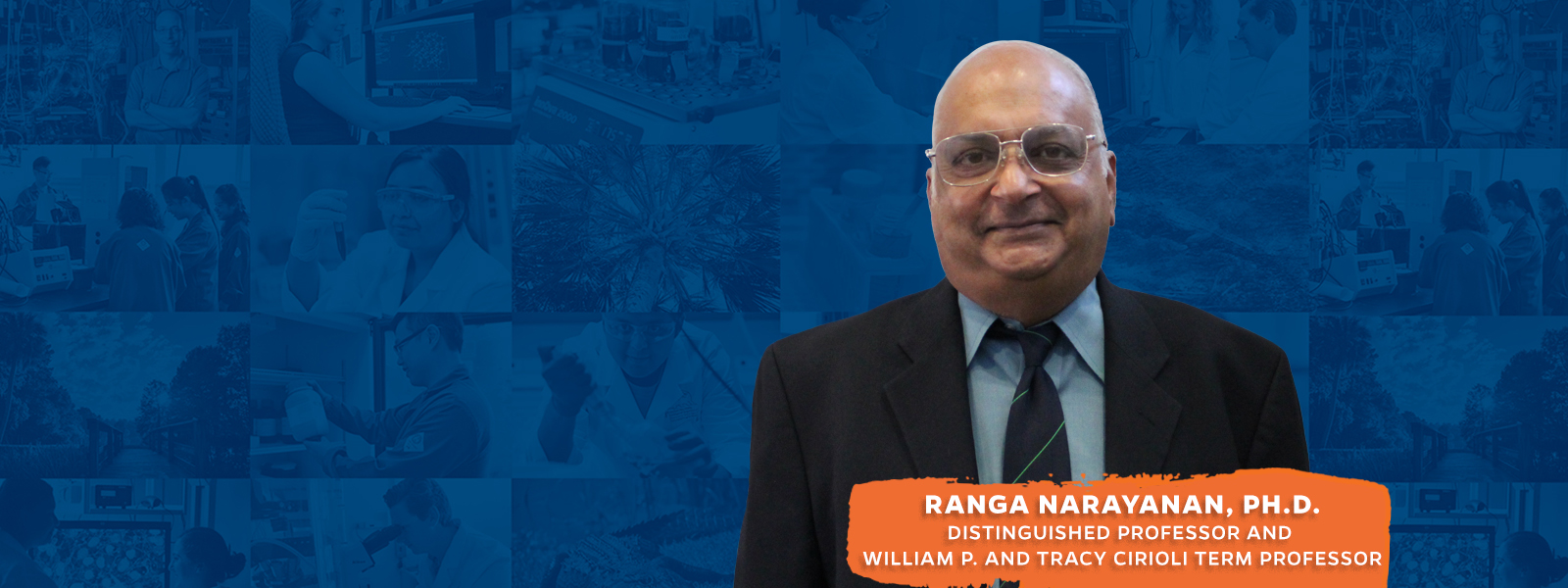Ranga Narayanan, Ph.D., a Distinguished Professor and the William P. and Tracy Cirioli Term Professor at the University of Florida Department of Chemical Engineering (UF ChE) has been awarded a major grant from the National Science Foundation to study gravitational effects on the Faraday instability.
When two immiscible liquids are subject to an oscillating mechanical field that is applied perpendicular to their interface an instability may arise. This instability is manifested by the sudden generation of waves and fluid motion at the interface and is termed the Faraday instability.
“This study will be the first attempt to utilize the unique environment of microgravity to obtain information on the Faraday instability problem,” Dr. Narayanan said. “Addressing this question could impact important processes here on Earth, including microfluidic mixing in bio-separations, microscale heat transfer, additive manufacturing, atomization-fuel injection, and patterned substrate development.”
This research project seeks to validate models for the Faraday instability with defining experiments conducted in the absence of gravity on the International Space Station and comparing these to ground experiments. The project also seeks to determine when the interface saturates to standing waves and when it breaks catastrophically to rupture.
The project involves Ph.D. students Nevin Brosius, Igin Ignatius, and Jason Livesay, undergraduate students Zach Karpinski and Craig Singiser, and post-doctoral consultant Dr. B. Dinesh working with space-implementation partner engineers. The project also includes high school and middle school students from rural schools through summer science programs, in-class demonstrations, hands-on experiments, and live displays of microgravity experiments.
Dr. Narayanan’s research group studies the transport of heat, mass, and momentum. They examine the physics of the spontaneous generation of spatial patterns in processes that involve flow resonance, solidification, electrodeposition, and free-surface convection using mathematical and experimental methods.

